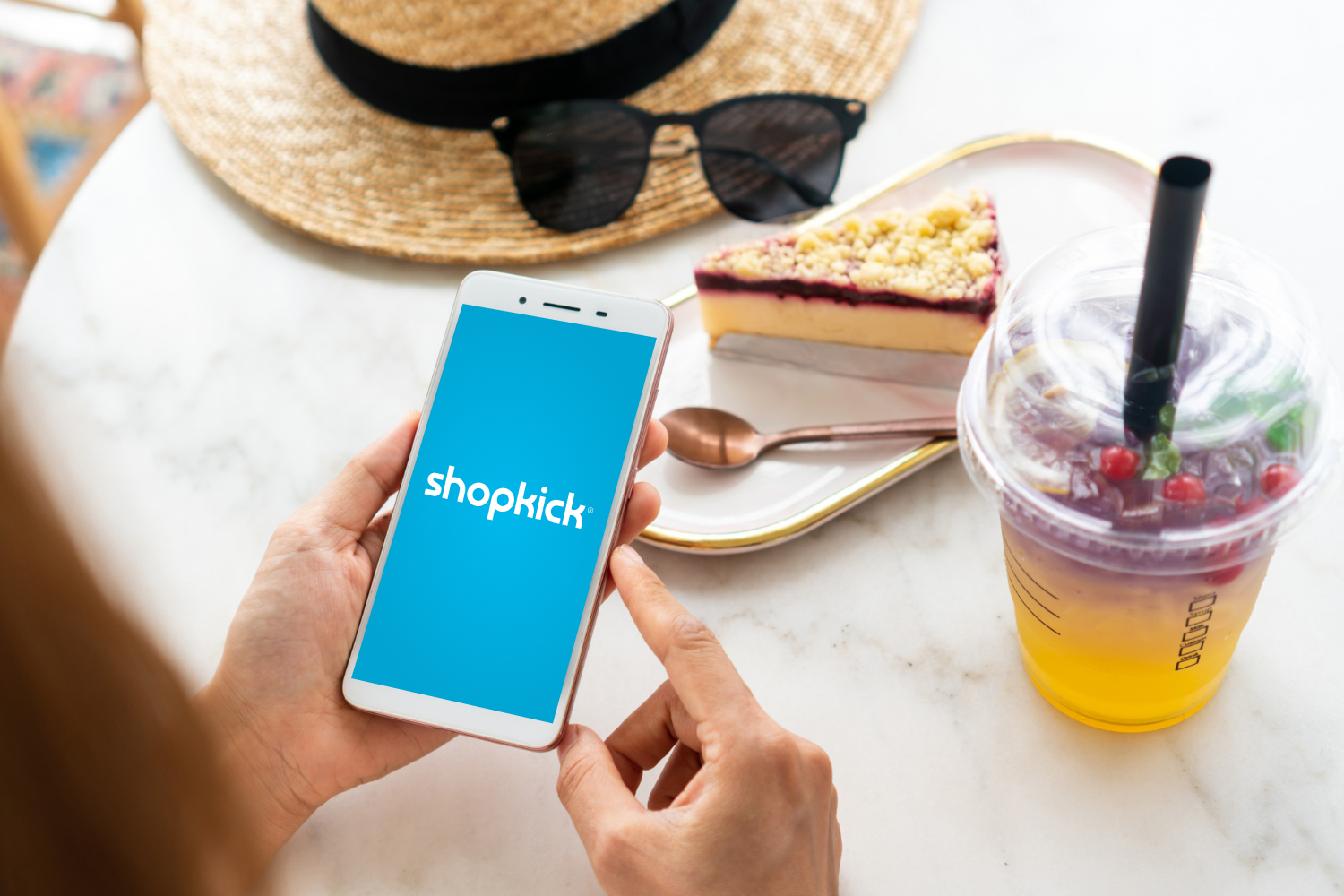There are many ways brands can leverage a partnership marketing strategy to grow their customer base and their overall sales. Whether brands are working with influencers to gain an online following or partnering with companies like Shopkick to access the most innovative mobile shopping capabilities, these programs provide many opportunities. Brands and their partners can enjoy scalable, far-reaching marketing campaigns that drive consumers to buy in the store and online.
The most effective marketing strategies for CPG brands tend to center on mobile devices, as brands must be able to reach traveling consumers. Luckily, the digital space offers a wide variety of options for brands interested in partnership marketing. However, not all partnerships are equal. Brands must be aware of both the pros and cons of common partnership marketing strategies before implementing any new program to gain the best results.
How a Partnership Marketing Strategy Benefits Brands
When brands work with companies, individuals, or even other brands, they can take advantage of the many opportunities they may not have been afforded otherwise. A strategic marketing partnership is a win-win for both parties, and can offer:
- Exposure to new audiences: Brands can reach out to individuals who may not be familiar with their products or may be loyal to other brands.
- Cost-effectiveness: In any partnership, both parties take on a portion of the cost which can reduce expenses for all involved.
 Expanded resources: Brands can access new technology, content, and advertising opportunities they could not have otherwise.
Expanded resources: Brands can access new technology, content, and advertising opportunities they could not have otherwise. - Cross-selling opportunities: Some products naturally go together—like bandages and antibiotic ointment, for example—and branded cross-selling takes advantage of these pairings.
Of course, brands can only reap the benefits of a partnership marketing strategy with the right partners. While working with a reputable company is important, working with the right kind of marketing partners is just as crucial.
Choosing the Best Partnership Marketing Strategy
Brands have a vast array of options available to them when it comes to partner relationships. They may select high-profile, extensive campaigns, or leverage simpler agreements with well-known influencers. The most beneficial partnerships for brands can typically be broken down into four categories, with their accompanying pros and cons.
| Pros | Cons | |
| Influencers |
|
|
| Retail: Brick and Mortar |
|
|
| Retail: Online |
|
|
| Shopping Apps |
|
|
Brands should do a thorough evaluation of any partner they consider before implementing any partnership marketing strategy. At Shopkick, we welcome marketing managers to contact us to discuss the effectiveness of our programs, as transparency is the key to a strong partner relationship.
Brands have many opportunities to leverage a partnership marketing strategy both online and in the shopping aisle.
Brands have many opportunities to leverage a partnership marketing strategy both online and in the shopping aisle. However, they should review all options to determine what’s best for their brand and the customers who are loyal to it. Through this, they can leverage partnership strategies to enhance the consumer experience and improve sales across multiple platforms.
Shopkick helps our partners leverage a shopping app-based partnership marketing strategy to improve sales in the shopping aisle. To see how we’ve managed this for program partners, see some of our success stories.
Image courtesy of alphaspirit




